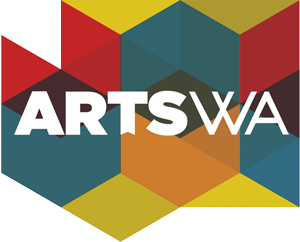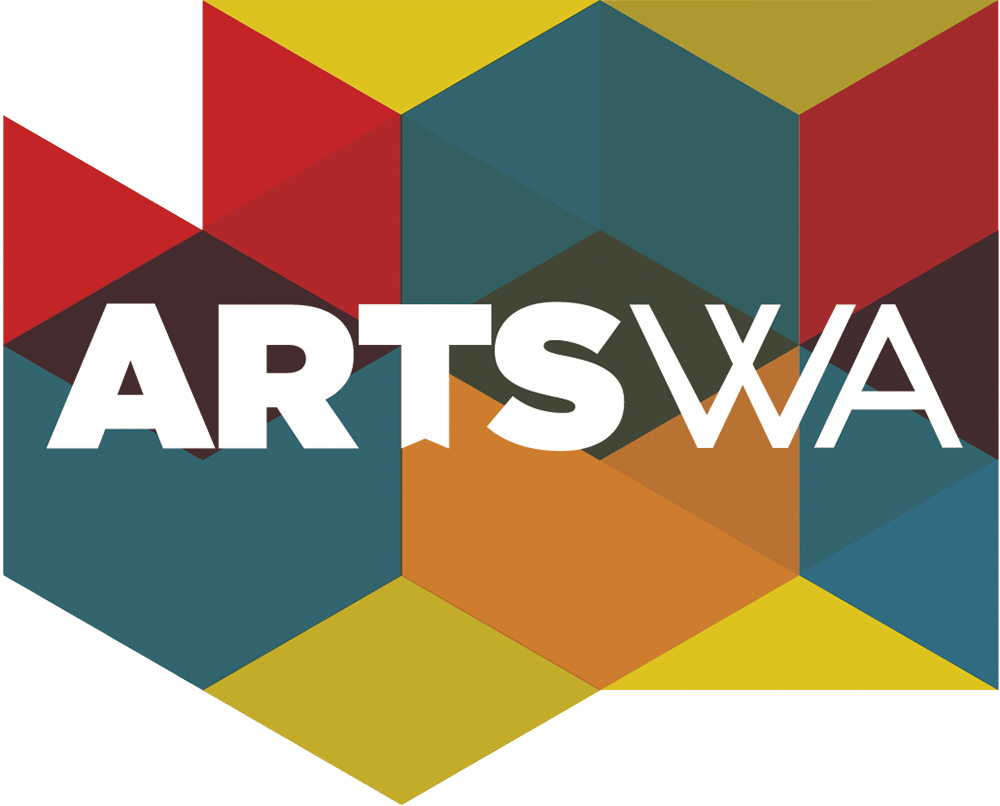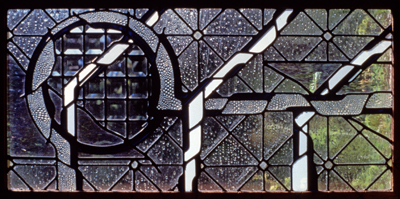Rogue Tulips, 2019
Alfred Currier
(American, born 1943)
Location: Harriet Rowley Elementary, Mount Vernon
ABOUT THE ARTWORK
Artist Alfred Currier’s Rogue Tulips focuses on the migrant farmworkers of the Skagit Valley, as well as the landscape. He notes that “They support a multi-million-dollar economy here in the Pacific Northwest, while adding a rich cultural diversity to our community.” He is also interested in exploring color and texture. He paints with many layers, in an impasto style of thickly-applied paint.
This artwork is part of a curated collection by Kathleen Garrett at Harriet Rowley Elementary School, in Mount Vernon, Northwestern Washington. The local art selection committee wanted these artworks to reflect the local landscape and the spirit of adventure and possibility of Harriet Rowley, the school’s namesake. “Mother Rowley” (1880-1965) was a nurse from Ohio who opened the first hospital in Mount Vernon in 1920. She is remembered for her indomitable spirit and her desire to help others.
This artwork was acquired for the State Art Collection in partnership with Mount Vernon School District.
ABOUT THE ARTIST
Anacortes-based artist Alfred Currier creates landscape paintings of the Skagit Valley in Nortwestern Washington. He typically paints at the site, outdoors. In his own words "For me, creating art is both an obsession and a passion. Passion would be for the love of it. Obsession because I must do it."
Currier studied at Columbus College of Art & Design in Ohio and the American Academy of Art in Chicago.
ARTWORK DETAILS
| Medium | Oil paint on canvas |
| Dimensions | 30 in x 40 in |
| ID Number | WSAC2020.002.002 |
| Acquisition Method | Curated Selection |
| Artist Location | Washington, United States |
Location Information
| Agency | Mount Vernon School District |
| Artwork Location | Harriet Rowley Elementary Stairwell B |
| WA County | Skagit |
| Placement | Interior |
| Site Type | Public School |
| Address | 400 53rd Street Mount Vernon, WA 98273 |
| Geo. Coordinates | 48.423311, -122.272750 |
| Before Visiting | Some artworks may be located in areas not accessible to the general public (especially in K-12 public schools). Consider contacting the site prior to a visit to ensure access. |
| Map |
Related










.jpg)
